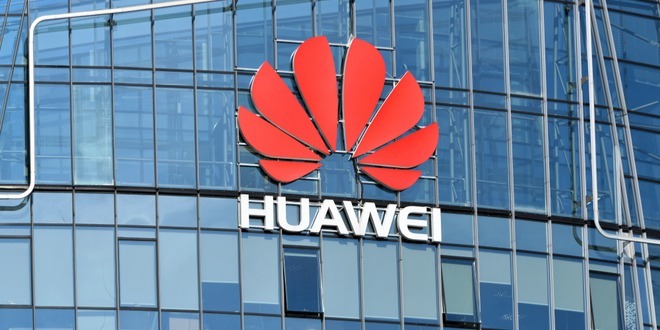A recently established trade truce between the United States and China faces an immediate challenge following a US industry warning against the use of certain Chinese-made chips, particularly those from Huawei. This development has drawn strong condemnation from Beijing, which views the warning as a direct undermining of the preliminary trade agreement reached in Geneva.
The US Commerce Department’s Bureau of Industry and Security issued an alert cautioning against the use of “PRC advanced-computing ICs, including specific Huawei Ascend chips,” citing concerns that these chips “were likely developed or produced in violation of US export controls.” This guidance arrived just two days after the Trump administration announced a “China trade deal” that included a 90-day pause on most tariffs.
During those Geneva talks, US Secretary of the Treasury Scott Bessent and US Trade Representative Jamieson Greer met with their Chinese counterparts, International Trade Representative and Vice Minister of Commerce Li Chenggang and Vice Premier He Lifeng. Treasury Secretary Bessent described the discussions as “very constructive,” suggesting that “perhaps the differences were not so large as maybe thought.”
However, China’s response indicates a significant divergence in perspective. A spokesperson for China’s Ministry of Commerce accused the US of “abusing export control measures” and imposing “discriminatory” and “market distorting” restrictions on Chinese chip products based on “trumped-up charges.” Beijing has “demanded” that the US “correct its mistakes,” stating, “If the US insists on its own way and continues to substantially damage China’s interests, China will take resolute measures to safeguard its legitimate rights and interests.”
This escalating rhetoric underscores a fundamental disagreement that could derail efforts to de-escalate trade tensions. Beijing argues that the US actions “seriously damage the legitimate rights and interests of Chinese companies, seriously threaten the security and stability of the global semiconductor supply chain, and have a serious impact on global scientific and technological innovation.” Furthermore, China asserts that such “unilateral bullying behavior” and “unilateral protectionism” will ultimately “undermine the competitiveness of the US industry, and the result can only be to shoot itself in the foot.”
The warning from the US Bureau of Industry and Security explicitly stated that engaging in activities involving these chips without proper authorization “risks violating US export controls and may subject companies to BIS enforcement action,” including “substantial criminal and administrative penalties, up to and including imprisonment, fines, loss of export privileges, or other restrictions.” This stern warning highlights the US commitment to its export control regime, even amidst broader trade negotiations.
The core of the issue appears to be whether advanced technology, particularly semiconductors crucial for artificial intelligence development, falls outside the scope of trade discussions and squarely into the realm of national security for the US Huawei, a Chinese “national champion” with strong state ties, has been a central target in the US-China tech war for years. Despite prior blacklisting by the Trump administration in 2019, which significantly impacted its global smartphone business, Huawei has demonstrated a remarkable comeback, fueled by significant government support.
This resurgence raises questions about the effectiveness of past US containment strategies and intensifies the competition for dominance in key technological sectors.
As US Trade Representative Jamieson Greer and Chinese International Trade Representative Li Chenggang continue to engage in discussions, such as their recent meeting in South Korea on the margins of APEC, the clear disagreement over the role of high technology in the trade relationship presents a formidable challenge.
The current situation suggests that while progress may be made on traditional trade imbalances and industrial overcapacity, the “chip war” remains a deeply entrenched national security concern for the US, potentially existing outside the framework of any future Sino-American trade agreement. The path forward for US-China trade relations appears fraught with complexity, with technology remaining a persistent flashpoint.

 Noor Trends News, Technical Analysis, Educational Tools and Recommendations
Noor Trends News, Technical Analysis, Educational Tools and Recommendations




